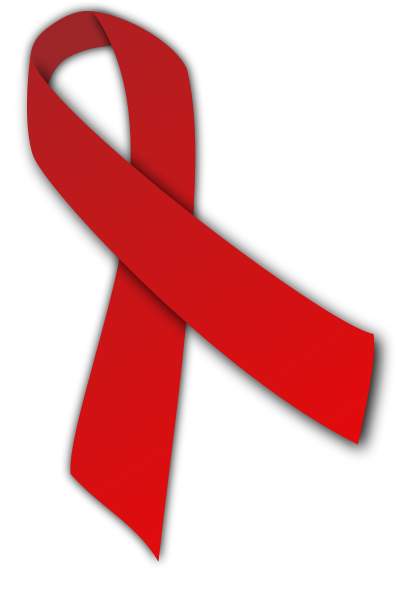World AIDS Day
|
AIDS Microchapters |
|
Diagnosis |
|
Treatment |
|
Case Studies |
|
World AIDS Day On the Web |
|
American Roentgen Ray Society Images of World AIDS Day |

World AIDS Day, observed December 1 each year, is dedicated to raising awareness of the AIDS pandemic caused by the spread of HIV infection. AIDS has killed more than 25 million people, with an estimated 38.6 million people living with HIV, making it one of the most destructive epidemics in recorded history. Despite recent, improved access to antiretroviral treatment and care in many regions of the world, the AIDS epidemic claimed an estimated 3.1 million (between 2.8 and 3.6 million) lives in 2005 of which, more than half a million (570,000) were children.
The concept of a World AIDS Day originated at the 1988 World Summit of Ministers of Health on Programmes for AIDS Prevention. Since then, it has been taken up by governments, international organizations and charities around the world.
From its inception until 2004, UNAIDS spearheaded the World AIDS Day campaign, choosing annual themes in consultation with other global health organizations. In 2005 this responsibility was turned over to World AIDS Campaign (WAC), who chose Stop AIDS: Keep the Promise as the main theme for World AIDS Day observences through 2010, with more specific sub-taglines chosen annually. This theme is not specific to World AIDS Day, but is used year-round in WAC's efforts to highlight HIV/AIDS awareness within the context of other major global events including the G8 Summit. World AIDS Campaign also conducts “in-country” campaigns throughout the world, like the Student Stop AIDS Campaign, an infection-awareness campaign targeting young people throughout the UK.
It is common to hold memorials to honor persons who have died from HIV/AIDS on this day. Government and health officials also observe, often with speeches or forums on the AIDS topics. Since 1995 the President of the United States has made an official proclamation on World AIDS Day. Governments of other nations have followed suit and issued similar annoucements.
| 1988 | Communication |
| 1989 | Youth |
| 1990 | Women and AIDS |
| 1991 | Sharing the Challenge |
| 1992 | Community Commitment |
| 1993 | Act |
| 1994 | AIDS and the Family |
| 1995 | Shared Rights, Shared Responsibilities |
| 1996 | One World. One Hope |
| 1997 | Children Living in a World with AIDS |
| 1998 | Force for Change: World AIDS Campaign With Young People |
| 1999 | Listen, Learn, Live: World AIDS Campaign with Children & Young People |
| 2000 | AIDS: Men Make a Difference |
| 2001 | I care. Do you? |
| 2002 | Stigma and Discrimination |
| 2003 | Stigma and Discrimination |
| 2004 | Women, Girls, HIV and AIDS |
| 2005 | Stop AIDS. Keep the Promise |
| 2006 | Stop AIDS. Keep the Promise - Accountability |
| 2007 | Stop AIDS. Keep the Promise - Leadership |
See also
External links
- The National Association of People with AIDS (NAPWA)
- The World AIDS Campaign
- AVERT.org's World AIDS Day page
- WorldAIDSDay.org
- ABC of HIV -PSA on HIV prevention
- AIDSPortal events page World AIDS Day and other AIDS related events
- Engenderhealth and World AIDS Day
- AIDS.gov - The U.S. Federal Domestic HIV/AIDS Resource
- HIVtest.org - Find an HIV testing site near you
|
AIDS Microchapters |
|
Diagnosis |
|
Treatment |
|
Case Studies |
|
World AIDS Day On the Web |
|
American Roentgen Ray Society Images of World AIDS Day |
ca:Memorial Internacional de la Sida da:Aids-dag de:Welt-Aids-Tag id:Hari AIDS Sedunia it:Giornata mondiale contro l'AIDS he:יום האיידס העולמי sw:Siku ya Ukimwi duniani sq:Dita Botërore e AIDS sv:Världsaidsdagen ta:உலக எய்ட்ஸ் நாள்